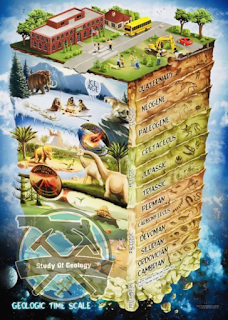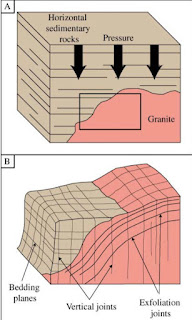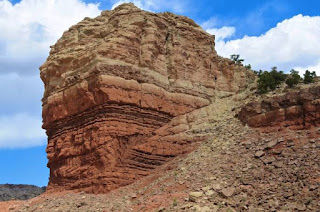Geologic Time Scale

Geologic Time Scale Table of Contents Introduction The Geologic Time Scale Precambrian Era Paleozoic Erai Mesozoic EraCenozoic Era Conclusion. * Objectives After attending this lesson, the user would be able to highlight the various periods of the earth's history. The origin and evolution of life that have happened during different periods will also be known. ✰ Introduction While studying the physical geology and history of the planet earth, it is necessary to know about the Geological Time Scale, in detail. The study of the geological time scale is necessary to every student of earth, atmospheric and all life sciences. The origin and evolution of the Earth took place over a period of billions of years. The evolution of life on earth is also a part of that prolonged Earth's history. It is a fact that the planet earth has evolved as one of the planets from the common nebulae. Due to this reason, the age of the...

